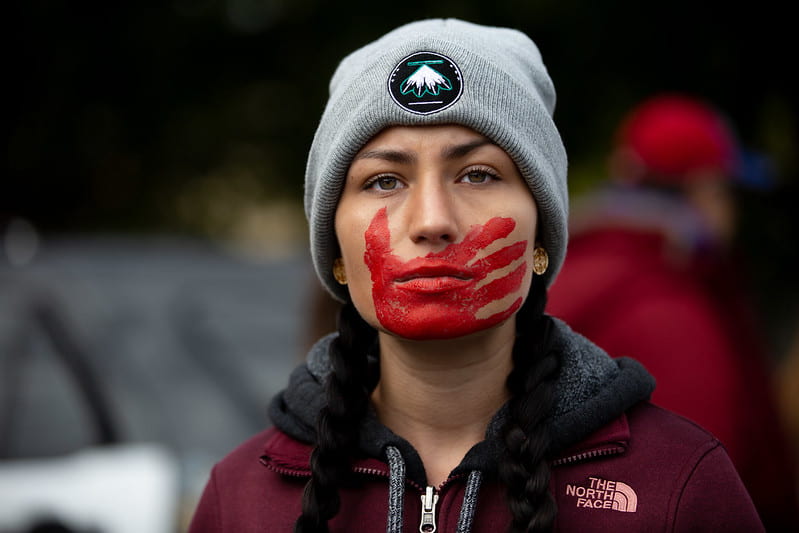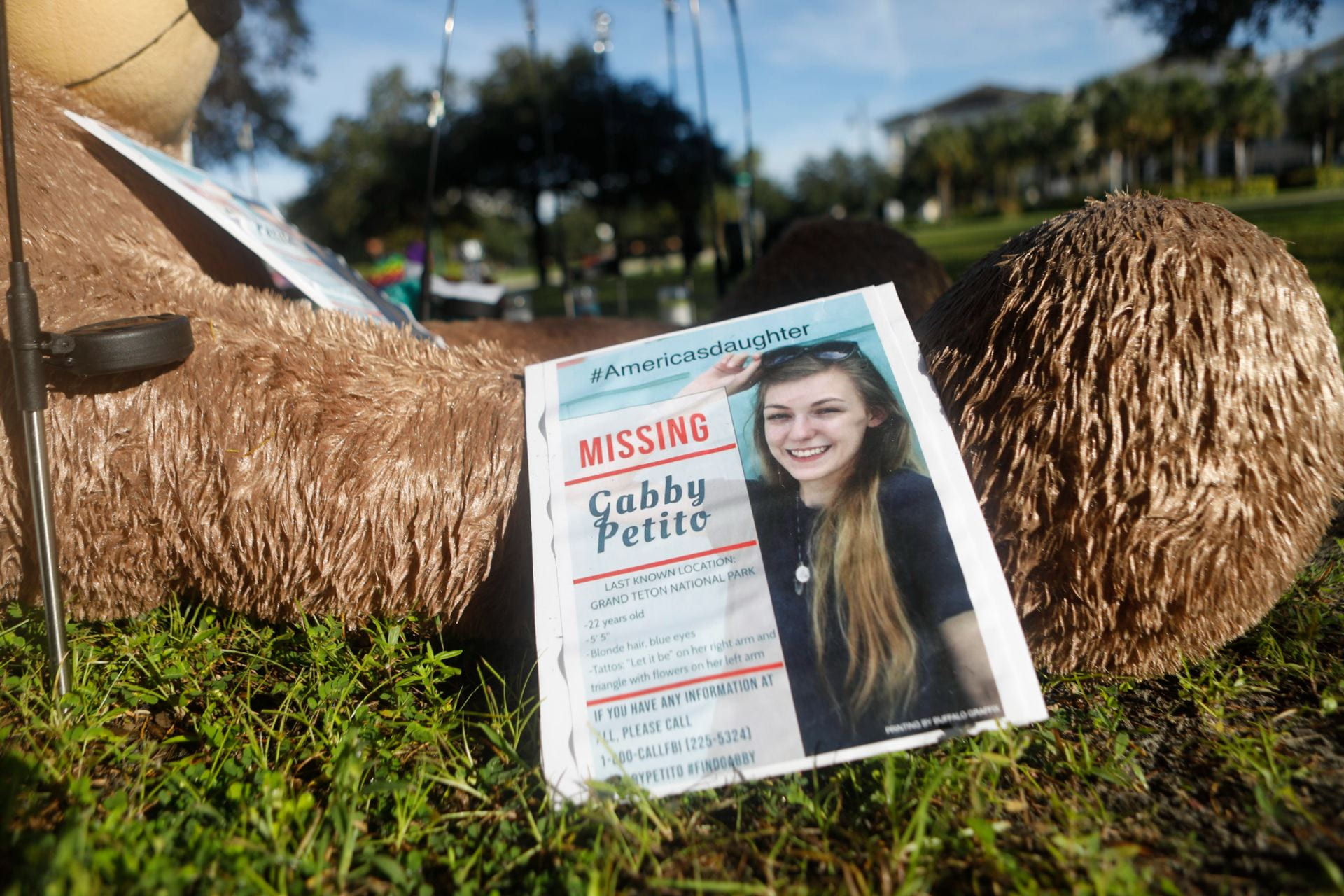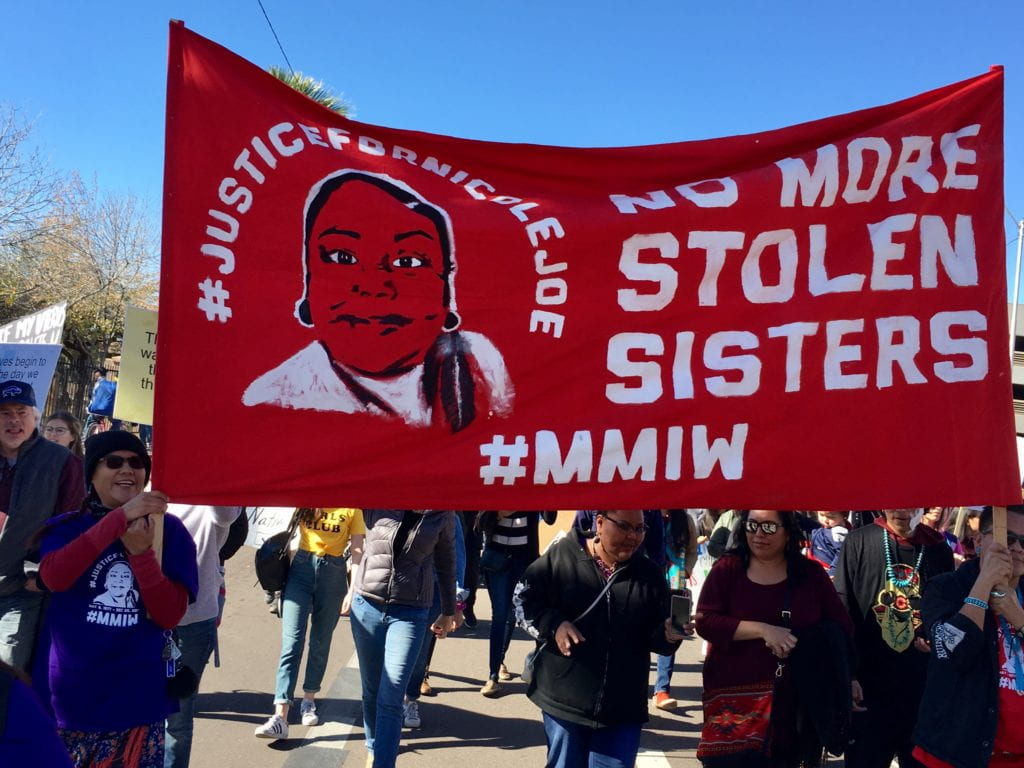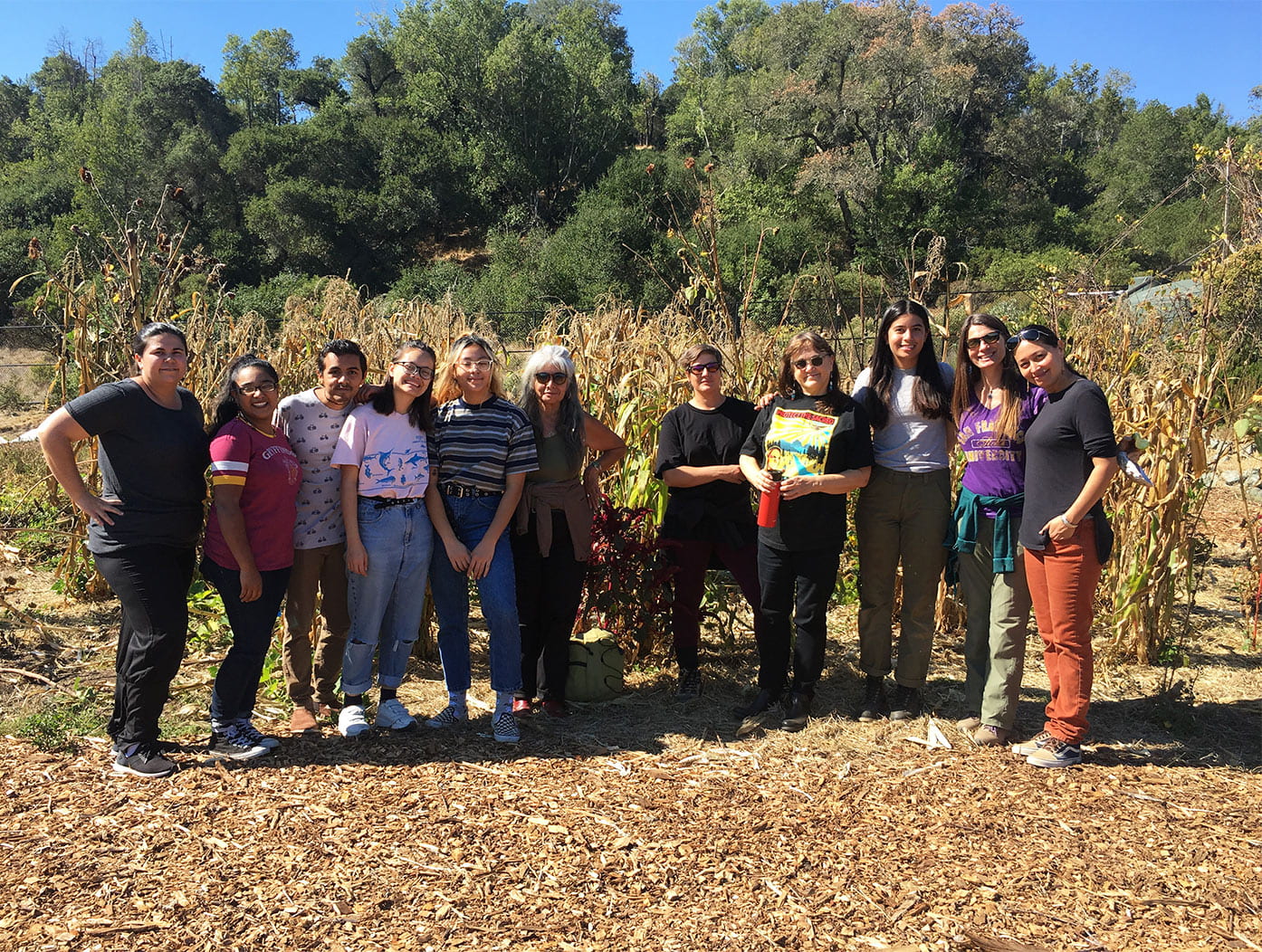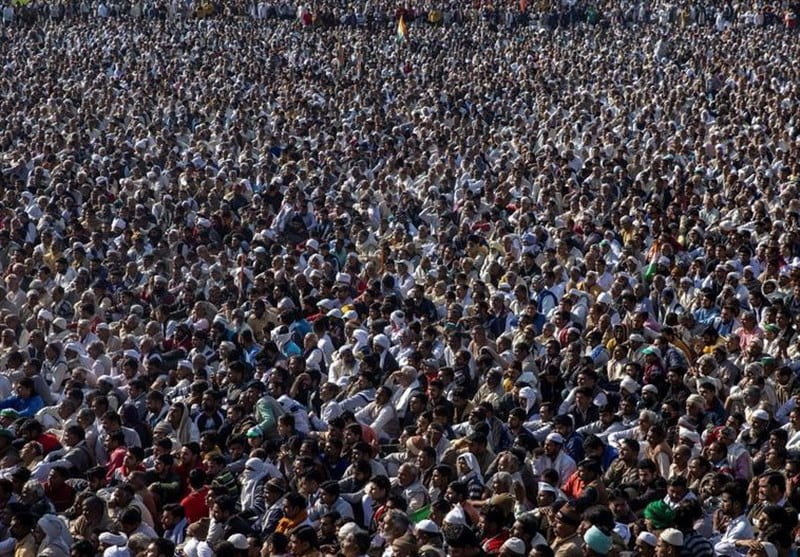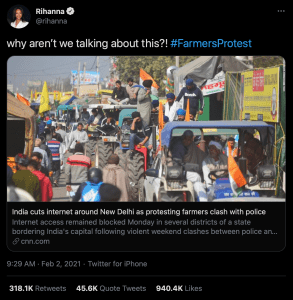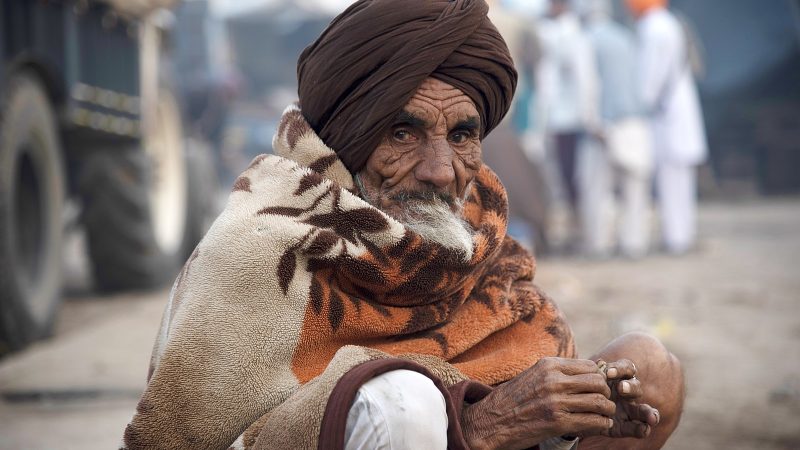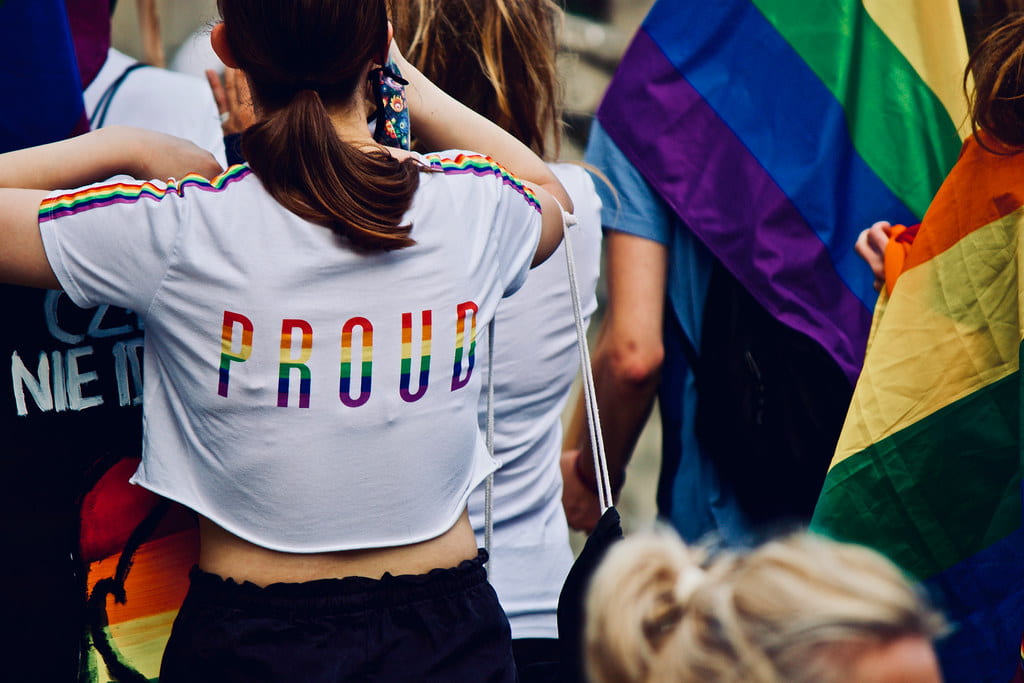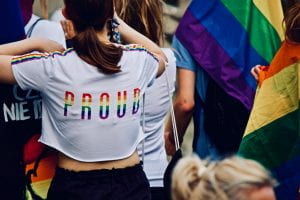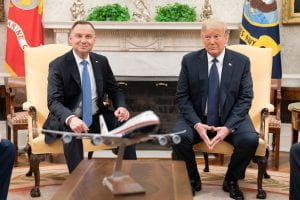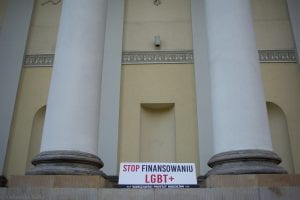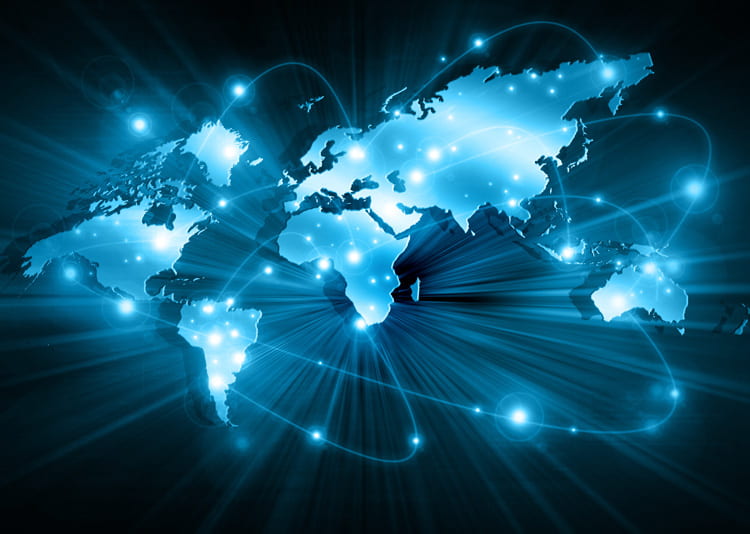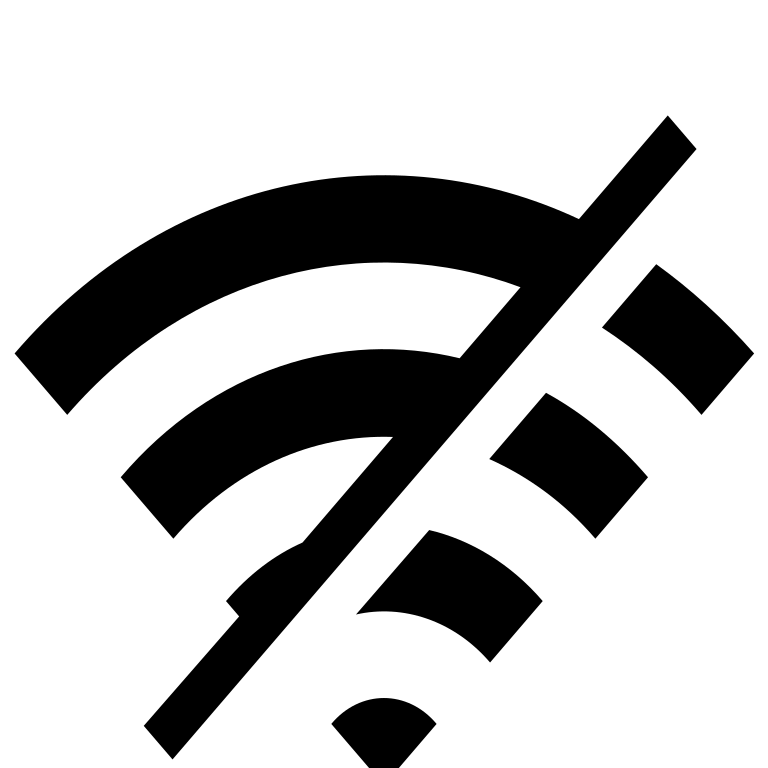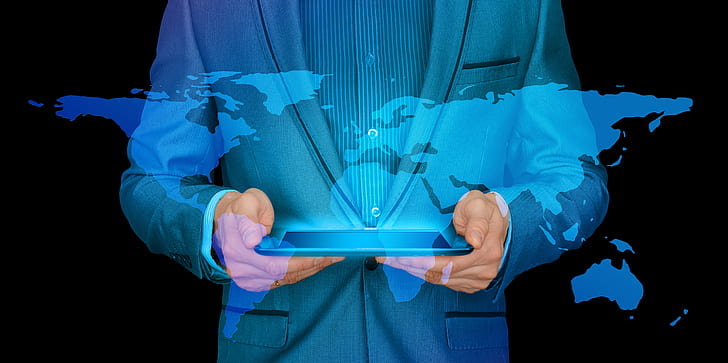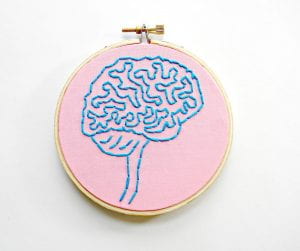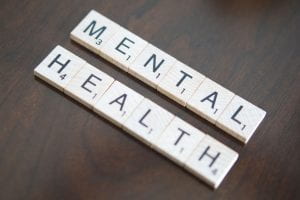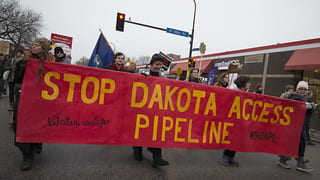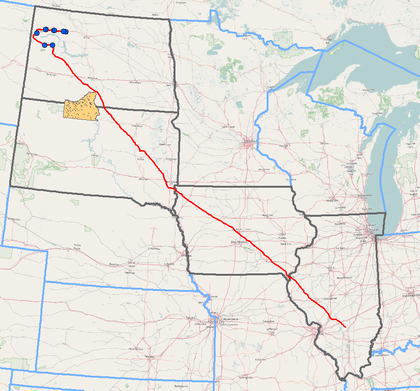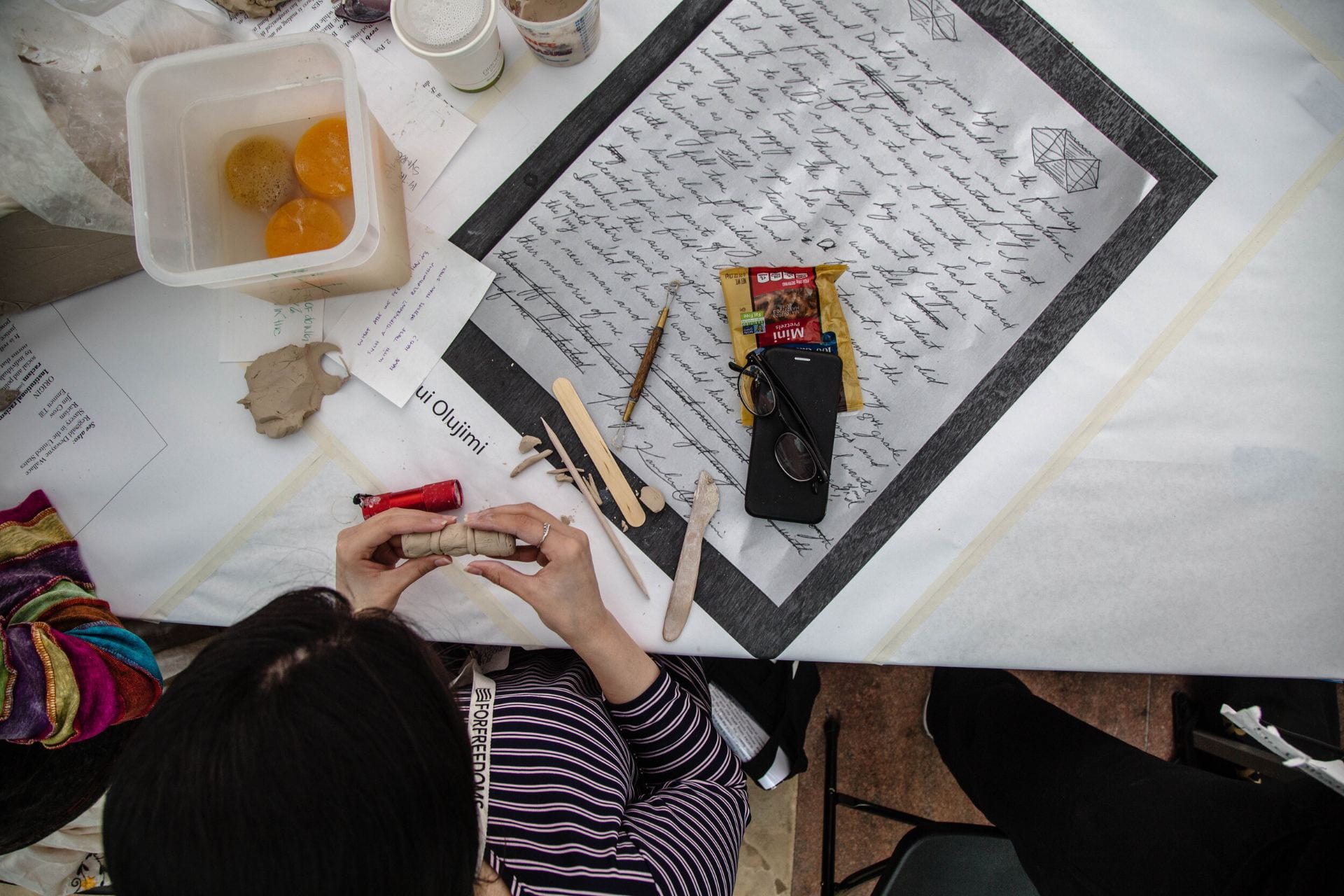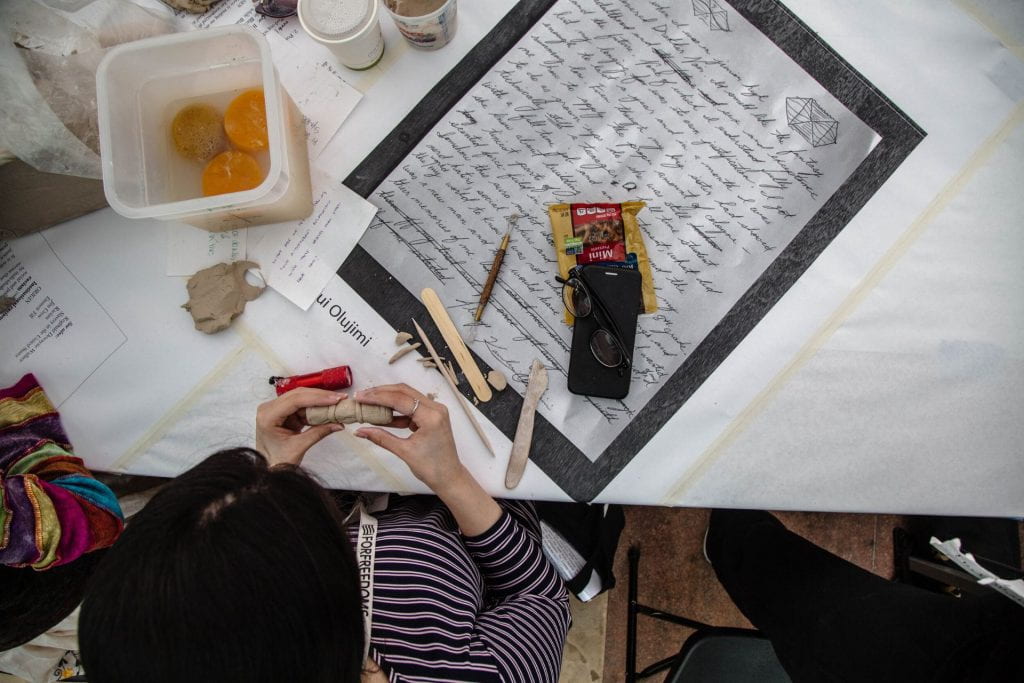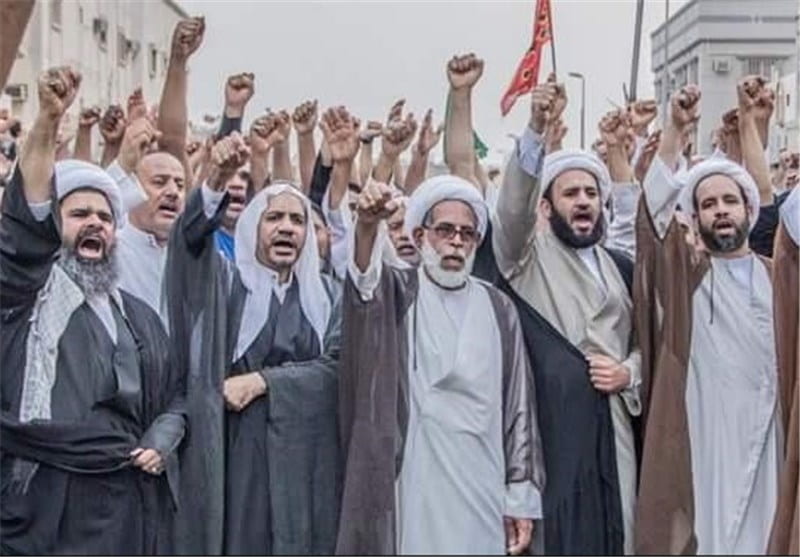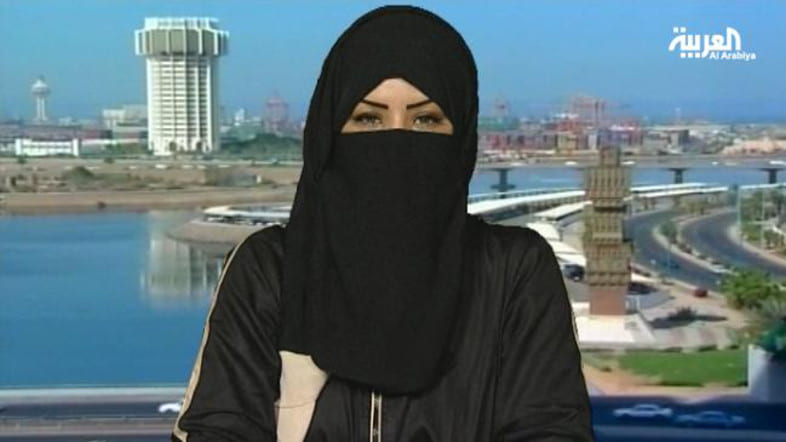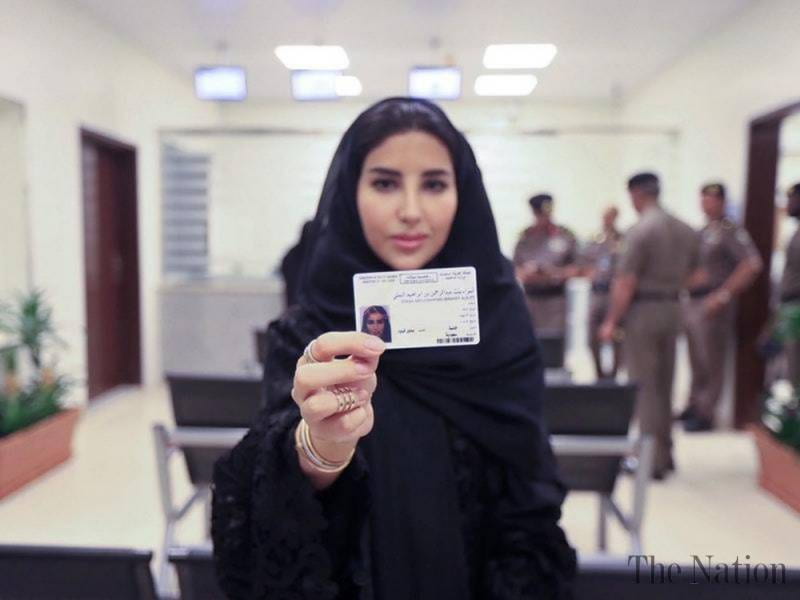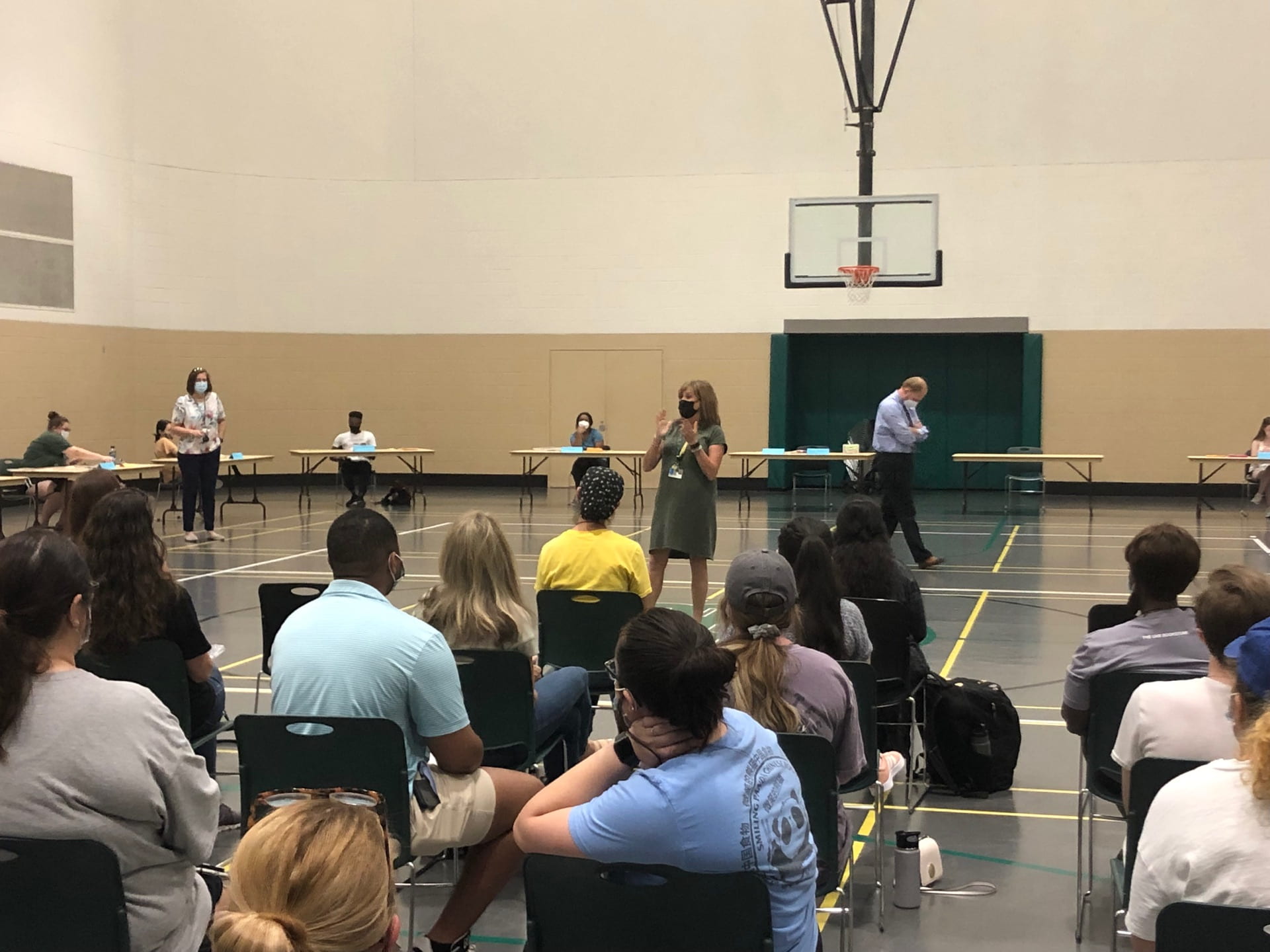
The University of Alabama in Birmingham hosted a re-entry simulation for mass incarceration on the 15th of October, 2021, partnered with the United States Attorney’s Office for the Northern District of Alabama. This simulation, which featured around a hundred participants, was designed to enlighten both students and community members about the difficulties surrounding re-entry into society for those who have been previously incarcerated. The event featured different booths to portray the various obligations, both legal and personal that had to be met by individuals exiting the prison system into the civilian society.
These booths included responsibilities such as securing identification cards, attending treatment appointments or drug screenings on time, or even being able to get employed, all while having to figure out transportation to be able to fulfill these requirements. Each participant was provided with a new identity, a few transportation tickets, some money (depending on the person’s identity), and a list of obligations that needed to be met each week. The “weeks” were timed to be fifteen minutes each, and the participants got four weeks to successfully re-enter society.
Getting your IDs
The identity I assumed had no IDs to their name, and only $30 when exiting the prison system. One of the most difficult components of this exercise was securing the three required IDs. Without the IDs, all the other booths refused to be of any help, and securing the IDs took well over a “week.” In the real world, this also means that people are unable to find employment, housing, or even apply for government aid like food stamps until they are able to secure these IDs. Furthermore, as Jeremy Sherer, the Assistant United States Attorney who helped organize this event discussed, there is a possibility of being re-imprisoned for outstanding warrants that might have been acquired while individuals were serving time in the prison system. Therefore, people who attempt to get their IDs at the DMV might end up being reincarcerated for these outstanding warrants. An easy solution to this problem would be to issue government IDs to people as they are exiting the prison system. This would dramatically decrease the mental and physical stress on individuals, as this one act would open up resources and opportunities they might not have without the proper government-issued IDs.
Transportation
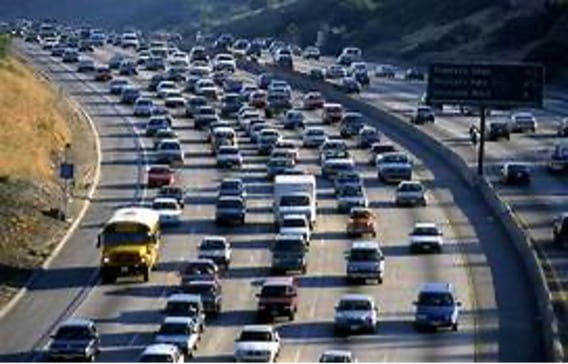
Another enormous obstacle in the way of successfully re-entering civilian society can be transportation. Many people, upon entering the prison system have three options concerning their vehicles: they can sell their car and keep the cash, they can give the car to someone else, or if they are making payments on a car upon the time of their arrest, it can become repossessed by the time they exit the system. Even if your property was held by the police for “safeguarding” or for evidence purposes, if you cannot claim it within a certain time frame (which is impossible for people who are imprisoned), you face the risks of losing that property.
Transportation is a necessity, and if you live in an area where public transportation is unavailable, you will need to either purchase a car or rent one. In order to purchase any vehicle, you have to have an ID. Assuming you have your IDs, the next step is the background and credit checks. This can be a massive hurdle, as people who leave prison might not have the necessary credit history, nor have established employment history to purchase a car. They may not be able to afford the full price of the car, having just come out of jail or prison. For those who depend on public transportation in areas that offer the services, bus schedules can be very confusing and might not travel to the necessary destinations. Additionally, those who live in areas where public transportation is not an option have to figure out a way to find transportation for themselves. There are no agencies in place to provide any assistance to people in cases like these.
The Bail System
According to The Prison Policy Initiative, 74% of people in jail have not been convicted of any crime. If we were to follow the logic that people are “innocent until proven guilty,” 74% of the people held in jail are innocent. These individuals are only allowed to leave the jails by paying the set bail amounts for their particular case. These bail amounts are set based on the criminal charges and the complexities surrounding the crime in question. Although bail is not supposed to be a form of punishment, the bail system tends to punish the poor by setting a financial amount that has to be paid if the individual does not want to await their trial in jail. Most Americans are seldom prepared for a $400 emergency, and for people struggling with poverty, the set bail amount can be impossible to meet. This pretrial detention can also last months or even years before the trial date, meaning that innocent people might be held in jail for years simply for not being able to afford bail. The person’s identity I assumed at the re-entry simulation had $30 on their person, and their bail amount was the full $30, which ended up bankrupting them, leaving them with no money for food, transportation, or any other expenses.
Legal Responsibilities
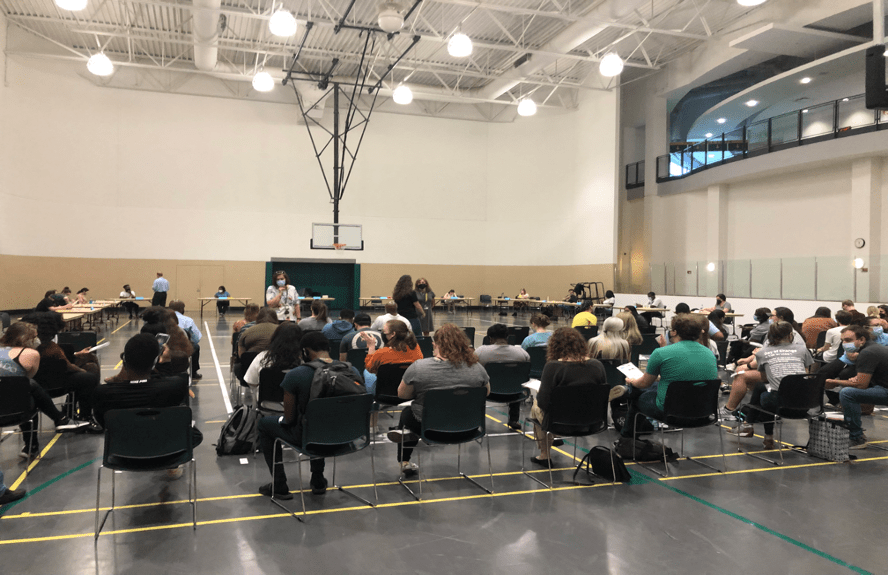
People exiting the prison system have to meet certain legal requirements upon their re-entry into civilization. These legal responsibilities include regular check-ins with the probation or parole officer, regular drug screens, and even clinical or treatment appointments that need to be attended. For one, as mentioned earlier, formerly incarcerated people need to be able to secure a stable form of transportation to get to these appointments. They also have to be able to provide their IDs, so not having one could result in a violation of the conditions of parole. The demands of parole or probation are different for each case, but conditions of release can include finding and holding stable employment, as well as showing up to take a urine analysis, blood tests, or a drug screening whenever requested of them. These drug screens can also interfere with the individual’s employment (if they do manage to secure one), as they would be required to leave their workplace to comply with this stipulation. People that are required to meet these conditions of release are also personally billed for these tests, something that they might not be able to afford. These stipulations can become even more complex based on the history of the person’s criminal offense. Those that have served time for sexual offenses are also required to register as a sex offender in their area, further complicating their ability to acquire employment or housing, and as a result, making it near impossible to meet their conditions of release.
Additionally, some people being released from prison might have to attend clinical appointments or treatment sessions. This may be a weekly obligation, and again, transportation and IDs are essential to meeting this condition. These treatment sessions, while helpful and certainly necessary in many cases, might only add stress to those who are financially compromised.
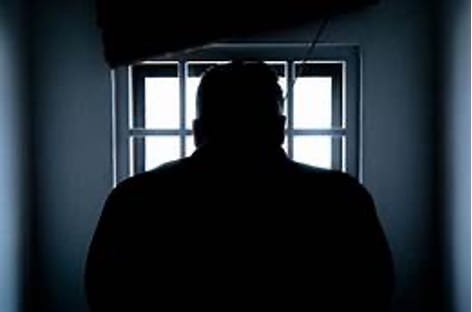
Recent studies show that many people who enter the prison system without any mental illnesses can come out with serious issues related to their mental health. While there may be many factors that influence an individual’s mental stability inside the prison walls, research shows that solitary confinement, a practice that is used in most jails and prisons in the United States, can play a fundamental role in someone’s mental health. At times, placing an inmate in solitary confinement can exacerbate pre-existing conditions of mental illness. Solitary confinement can also lead to a number of mental health-related illnesses, including depression, paranoia, or even trigger hallucinations. As a result, many people who enter the prison system with no history of mental health issues can develop mental illnesses or acquire trauma while serving out their sentences. This inhumane practice can be suspended, which would dramatically affect the mental health of prisoners and lighten the load on some of their legal obligations.
Personal Responsibilities
Along with legal responsibilities that have to be met, people attempting to re-enter society also have personal obligations they may have to fulfill, including responsibilities regarding their children (if it applies), their own personal care (such as food, and shelter), and their attempts at professional success, including employment and education. Many individuals, upon re-entering society, regain custody of their children, meaning that they have to ensure both their needs as well as their children’s needs are met. This can prove to be very stressful and traumatic, both for the individual re-entering society and the children involved. As discussed previously, people exiting the prison system might not have the resources or the mental stability to be able to accept such a huge responsibility, often resulting in the parents neglecting their own needs for the needs of their children, and as a result, increasing the mental and physical strain they might place on themselves.
Even still, many parents that are not awarded custody of their children might be forced to pay child support upon their release. Unless they ask for a suspension or reduction of child support, the amount can continue to accumulate while the person is serving time, and upon release, the person is mandated to pay the full amount owed. Failing to pay the amount can be considered a violation of their conditions of release and can result in the reimprisonment of the individual.
Another personal responsibility that an individual re-entering society has to meet is self-care. An essential part of personal care includes food and water, yet many people might not be able to afford three square meals a day. As I learned from the re-entry simulation, contrary to popular belief, churches are not as forthcoming with assistance as many like to believe. This may be due to a variety of reasons, ranging from funding problems to religious or ideological reasons. Applying for food stamps is an option, but it can take weeks, requiring both transportation and IDs. Even when an individual is awarded food stamps, it might not cover all their nutrition expenses, leading many to become food insecure.
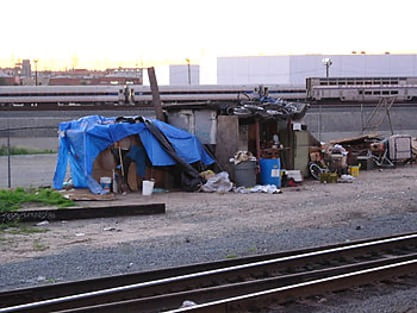
Additionally, many people re-entering society may face housing insecurities. Due to the social and sometimes cultural stigma around imprisonment, family members might refuse to provide adequate shelter for the individual. In order to qualify for an apartment, the applicant has to provide proof of employment as well as a security deposit. Many job applications require a background and criminal history check, at many times refusing to hire an individual if they have been convicted of a crime. Without a job and proper shelter, many risks facing the possibility of becoming homeless.
Expanding on the complexities of getting employed, many people re-entering society have to cross so many hurdles to be successful professionally. Depending on the age at which they were incarcerated, many individuals returning to society might not have the necessary education or skills to qualify for employment. Some might even have to train for and take their GEDs, a base requirement to get jobs, even low-wage ones. To add to the complexities, people with traditional High School Diplomas receive a higher pay rate than those who obtain GEDs.
Once they are able to acquire their GEDs if they choose to pursue higher education, formerly incarcerated people have to do so at a private university or college. This is due to the fact that most public universities and college applications include a section asking about the applicant’s criminal history. This can indirectly discriminate against those who are struggling with poverty, fundamentally impacting their ability to compete with the growing skilled and educated labor forces of society. Moreover, people who have been incarcerated face many challenges when applying for financial aid. Their ability to receive financial aid is very limited, as they can be denied student loans as well as Pell grants due to their criminal history. Consequently, this usually means that people coming out of prison are stuck with working labor-intensive, low-wage jobs without the prospect of advancement in their professional careers.
Conclusion
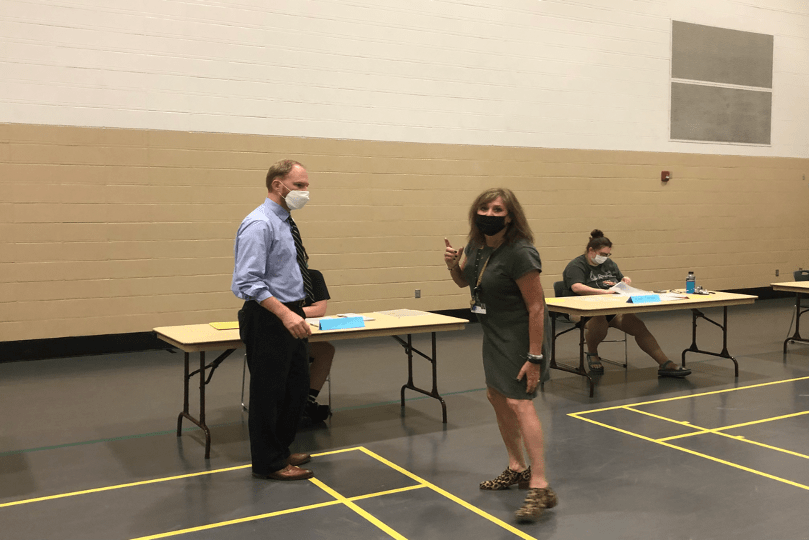
As part of his concluding remarks, Jeremy Sherer reminded the participants at the simulation that almost 60% of people who are released from prison can end up being incarcerated again. This is a sign that the current system is designed to fail these individuals who are just attempting to survive after their punishments have been served. The lives of these individuals are impacted forever by their criminal history through the taxing obligations they have to meet in order to lead a successful life. They are not provided any form of guidance yet punished constantly for the failures of the system. If the components of racial discrimination in the prison system are taken into consideration, (which will be covered in my next blog post), some might even believe that this injustice intentionally targets certain marginalized members of the community.
Everyone makes mistakes; this is a universally accepted concept. Yet, part of the process of learning and growing involves being provided with the necessary opportunities and resources to learn from the mistakes of our past and strive to become better individuals. Having participated in the re-entry simulation, I attempted to meet all my requirements as best as I could with the resources I was provided with, yet I was sent to “jail” for failing to visit my probation officer, and by week four, I was begging the “police officer” in the exercise to just send me to “jail.” I could not handle the mental, emotional, and physical stress that resulted from the realities this simulation strived to convey, and my participation was voluntary. Many individuals who have to deal with these systems on a regular basis do not have a choice.
